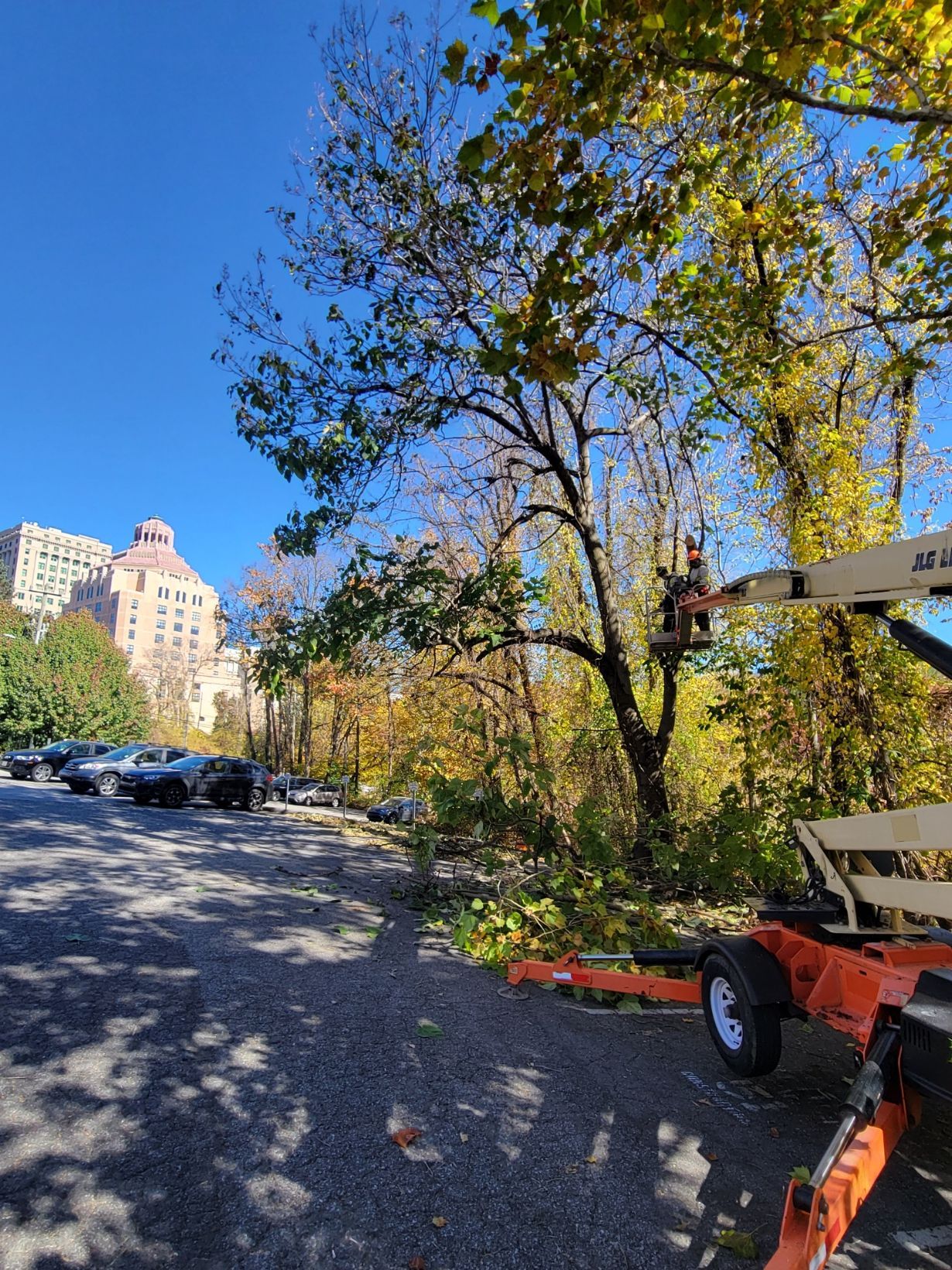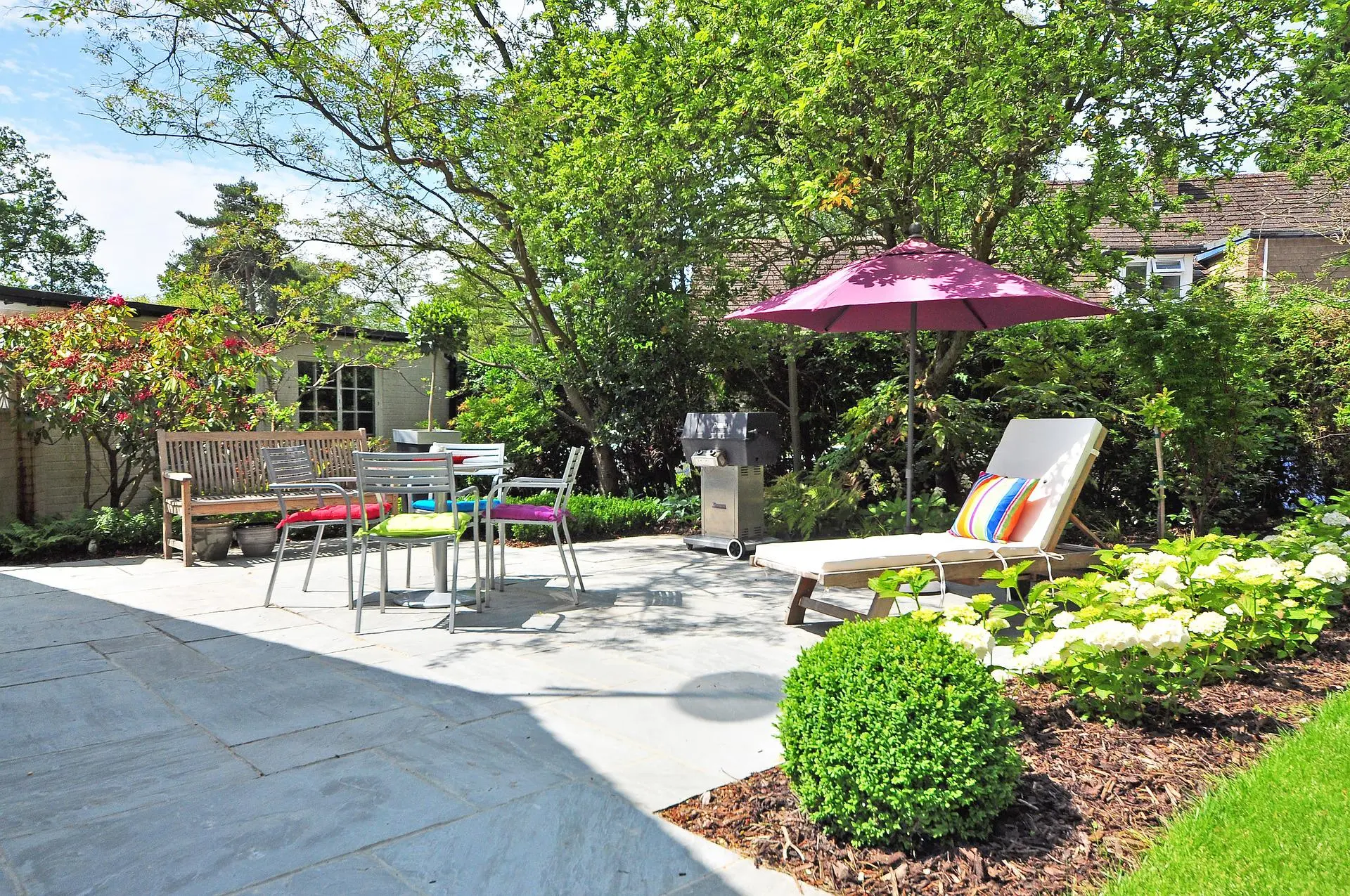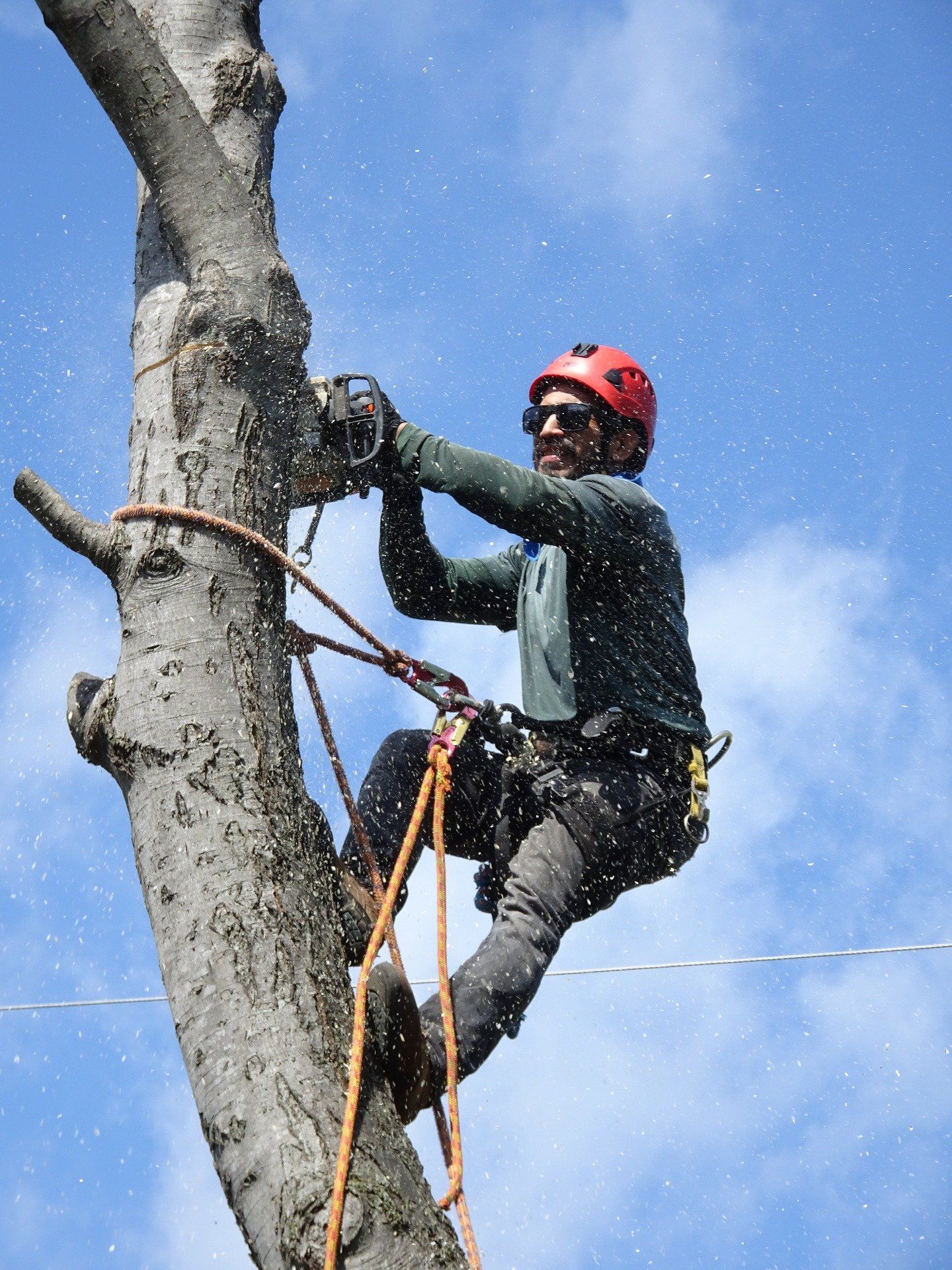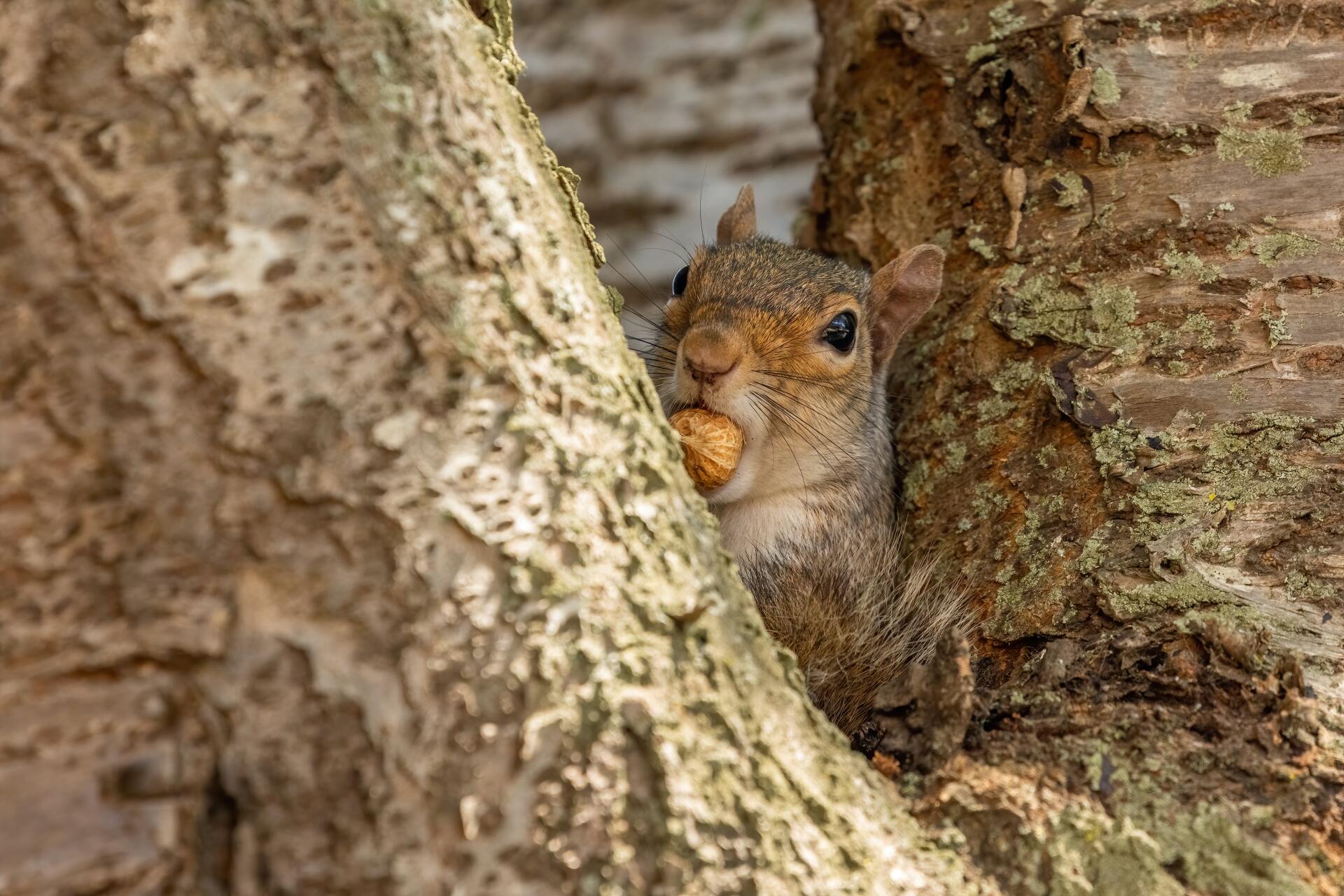How to Know When to Save or Cut a Tree?
Trees are hard to replace, especially if it has been on your property for more than five years. Probably because of the historical or sentimental value. However, no matter how long you want to have the tree in your yard, the time will come when you do not have other options but to cut it.
If you feel like you are caught deciding whether you are going to save or cut your tree, you are not alone. Many homeowners find it challenging to determine if a tree is worth saving.
Here are the things that you need to consider when deciding the fate of your tree:
Qualities
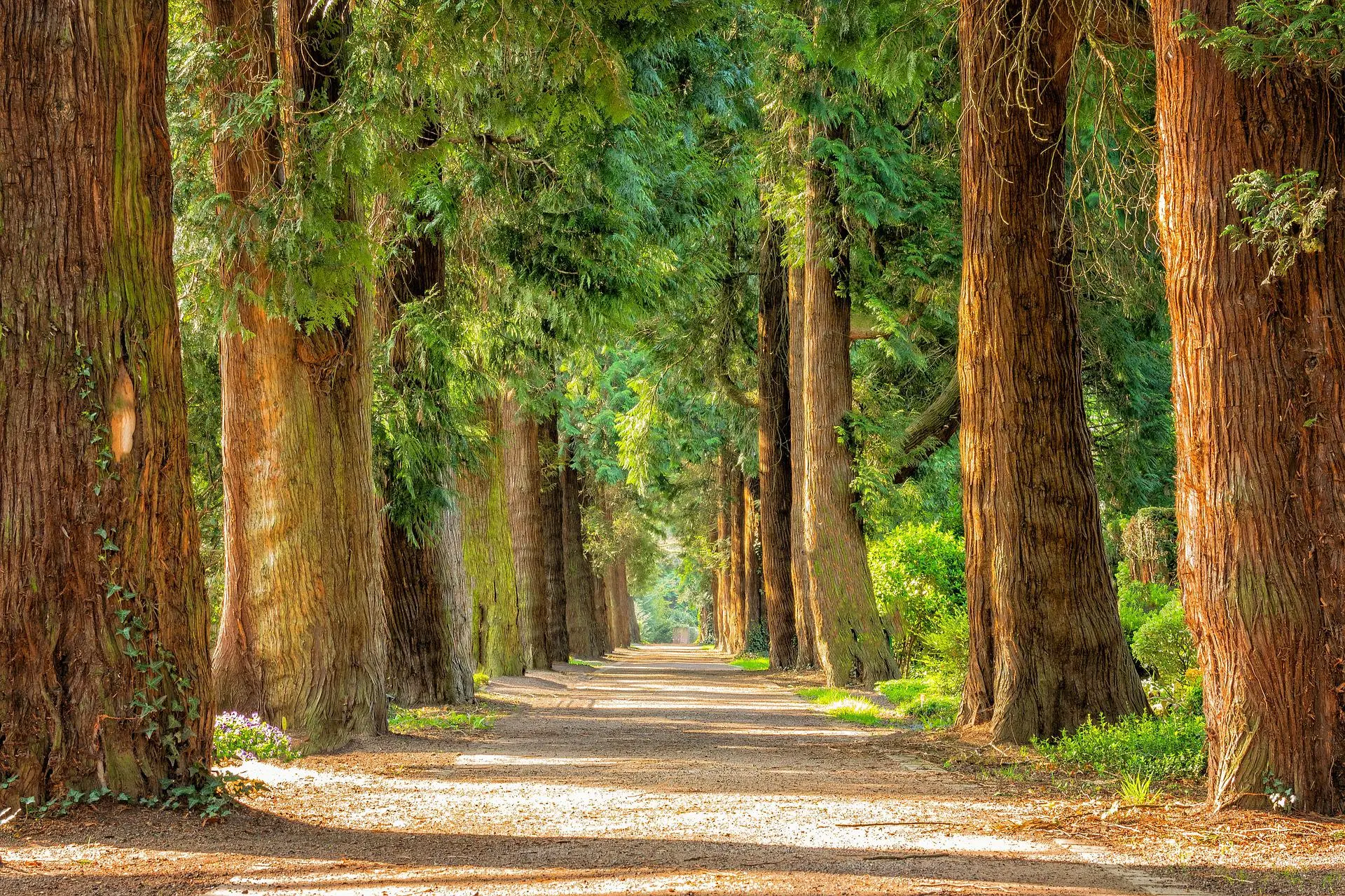
First on the list is the quality of the tree. Some trees serve as a home for many species, specifically birds. If cutting the tree would affect the lives of many species, saving it would be the best option. Other volunteer trees are unsightly, have weak wood, or produce a large amount of debris on the ground.
Meanwhile, other tree species have shallow roots that can cause damage to sidewalks, driveways, and home foundations. Some tree species are also vulnerable to local insects or tree diseases. These trees should be removed and replaced with more suitable types of trees.
Damage
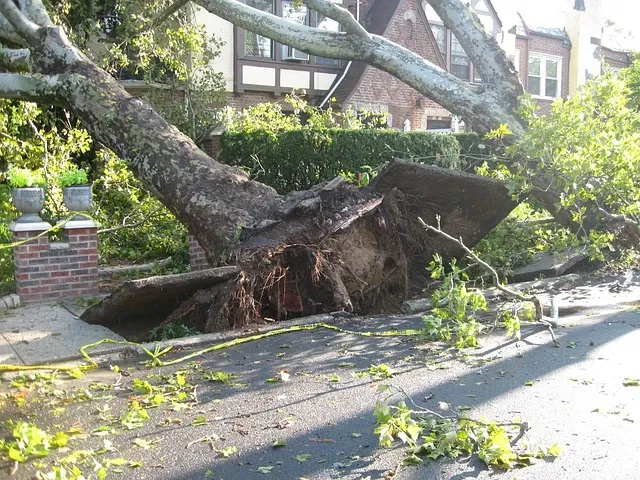
When deciding the fate of your tree, it is critical to determine how badly it has been damaged. If a tree is damaged by more than 50%, it is deemed unhealthy and should be removed. This damage might occur as a result of a storm, building, or other factors. On the flip side, if the tree is not severely damaged, it is definitely worth saving.
When a storm or a harsh winter has hit your neighborhood, you may notice the damage to the trees. Trees are quite hardy, yet they are also susceptible to harm from storms all the time. A split trunk, blown-off branches, or exposed roots are signs of storm damage.
A
tree specialist in Asheville, NC will always attempt to salvage a storm-damaged tree, but removal may be the better option in some cases. The loss of a beloved tree is heartbreaking, but there are occasions when doing so is in your family's best interest.
Age
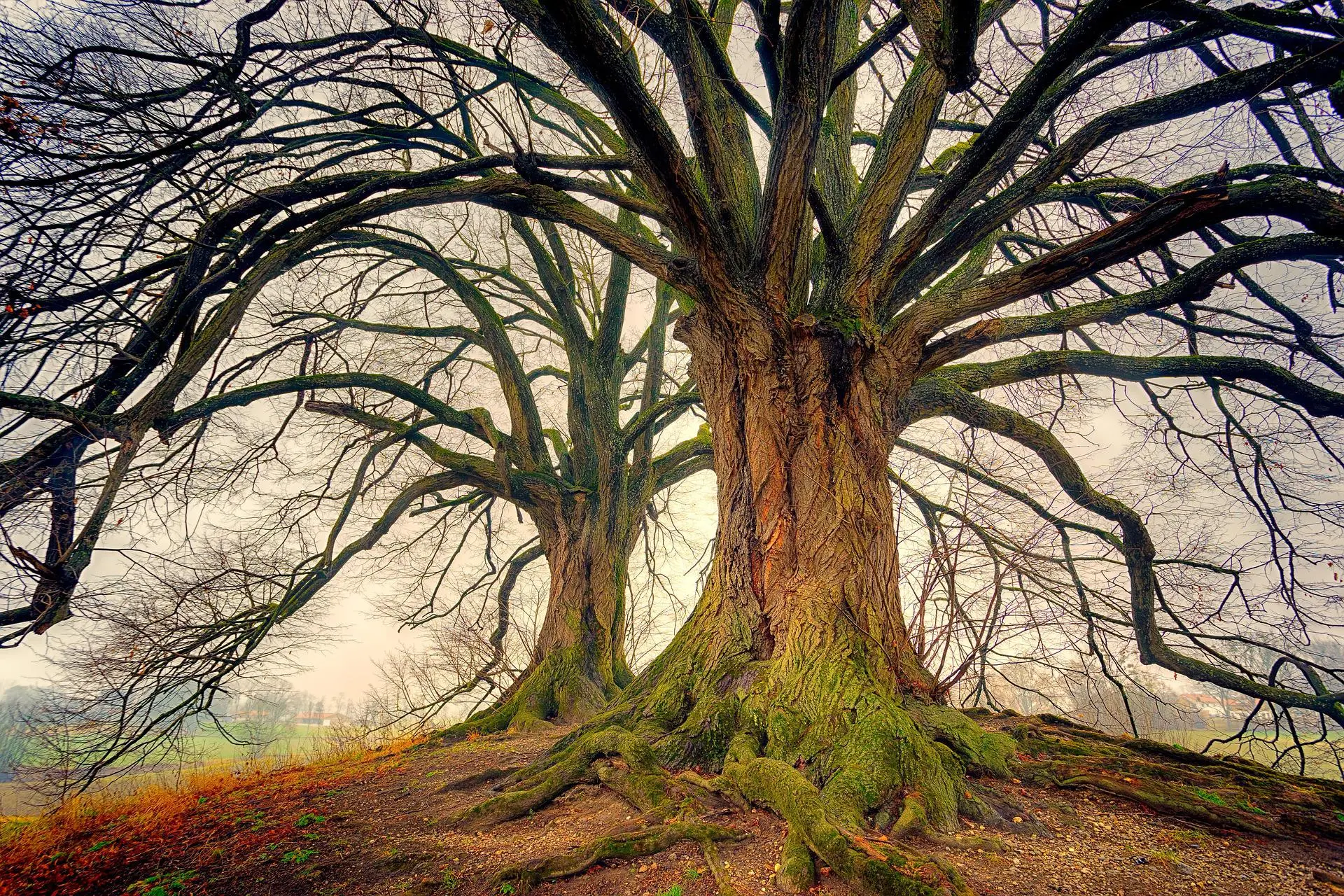
Next on the list is the age of the tree. If your tree is old, with vertical fissures, big wounds, internal trunk rot, or hollow, this tree is potentially unstable and harmful. In this case, it would be best to cut it down. Additionally, if your tree has fungus growth, it means that the tree rot in the trunk.
Landscape Design
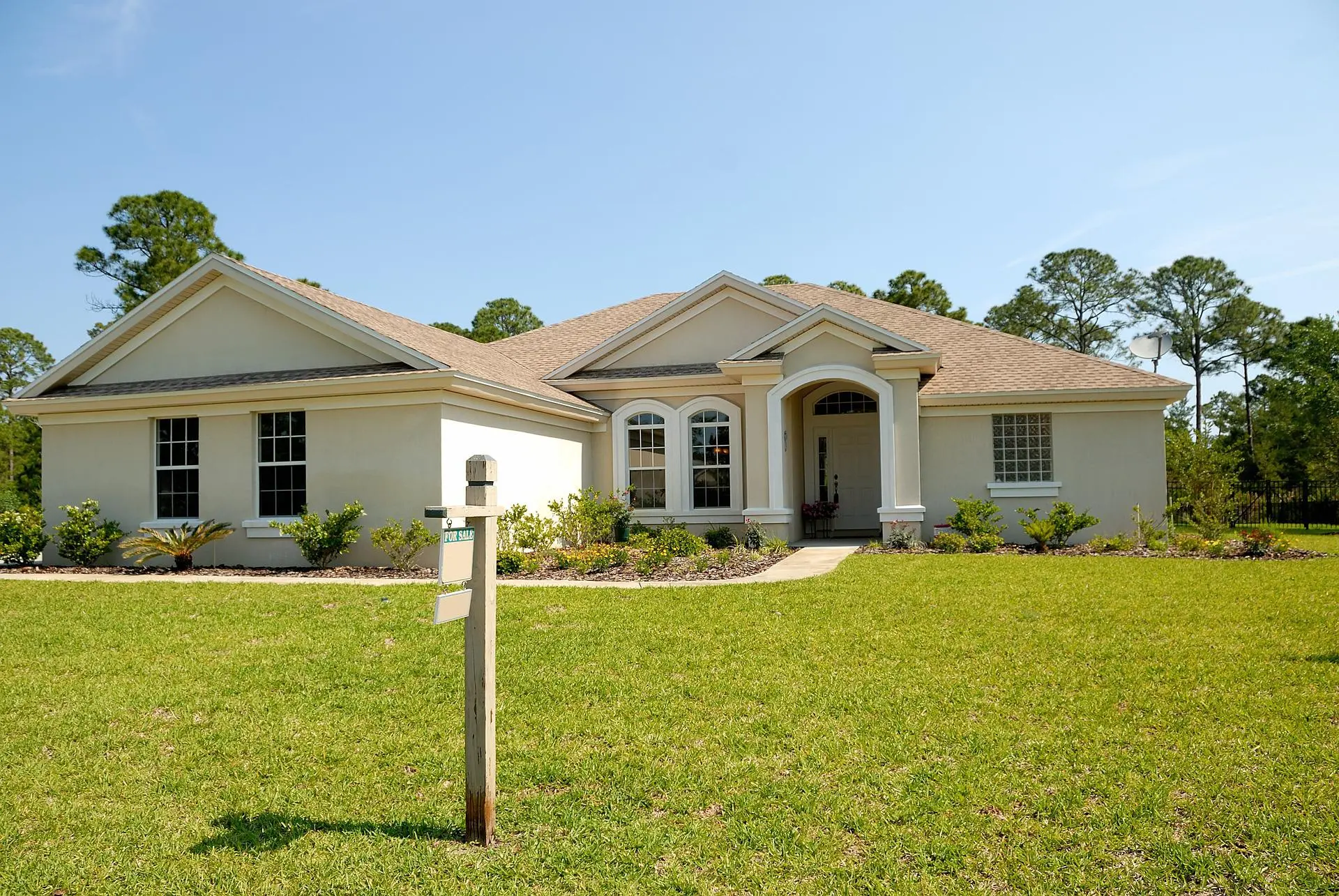
The tree becomes unattractive due to the placement of its branches or how it is growing. Some tree services in Asheville, NC can prune these trees to make them more aesthetic. However, other trees that cannot be made look more attractive should be removed.
Location
Last on the list is the location. The tree’s location may pose a risk to the residence or nearby property. This includes trees that are too close to the house and its foundation. Trees that have grown onto electricity lines and trees that overhang a neighbor's land must be cut down.
Loss of Branches
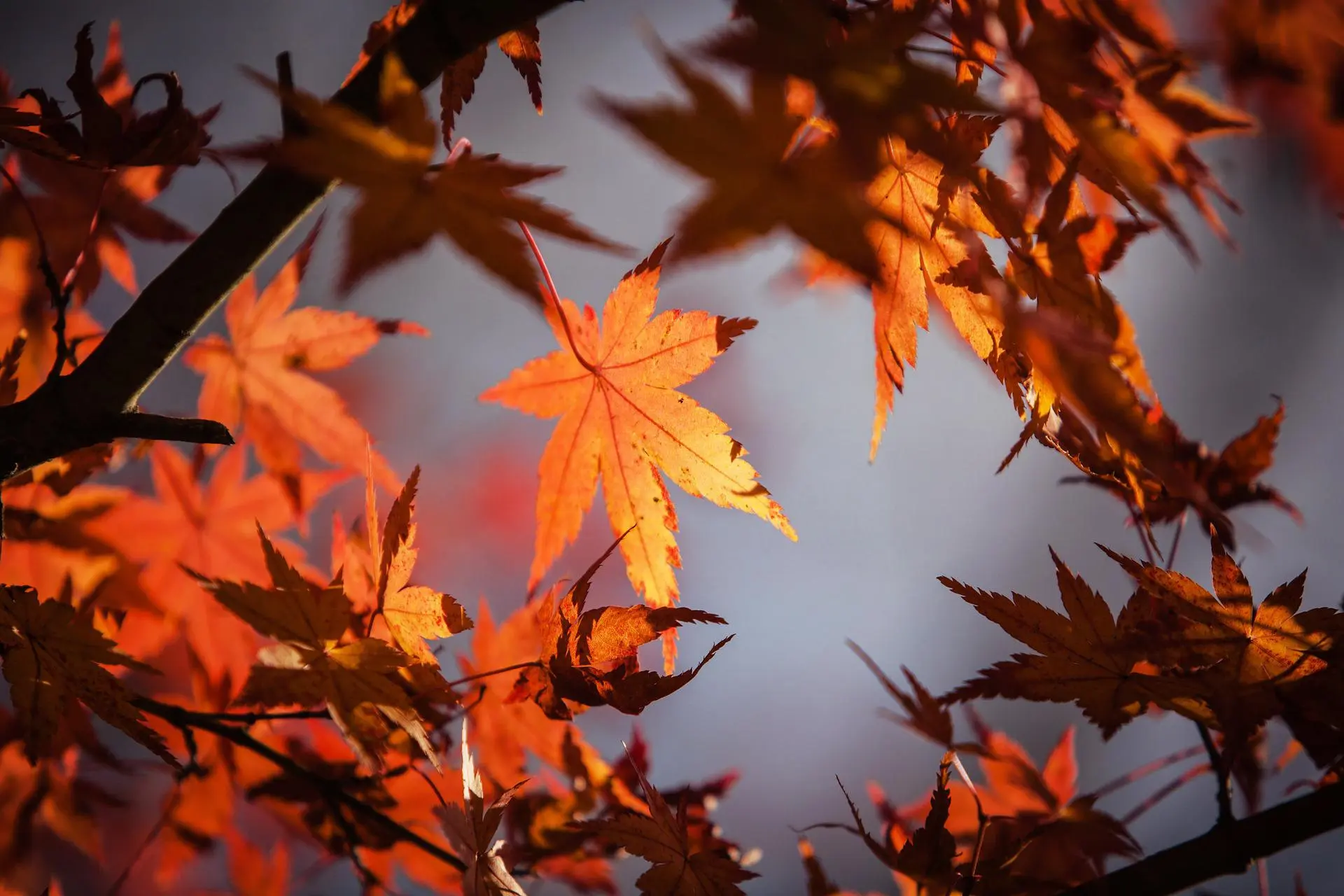
Another clue that a tree is struggling is the shedding of huge limbs or branches. It attempts to re-direct energy to the healthy sections by removing huge, dead parts.
As a result, your vehicles and property could be damaged, as well as your safety. If massive branches are falling from your tree, it is time to call in for some help, and the tree may need to be removed.
A tree that loses a lot of huge branches does not necessarily signal it is in bad shape. Even healthy trees can be affected by
Sudden Branch Drop Syndrome, which is more common in oak, beech, elm, eucalyptus, and sycamore. An expert can identify the difference.
Has not Stopped Producing
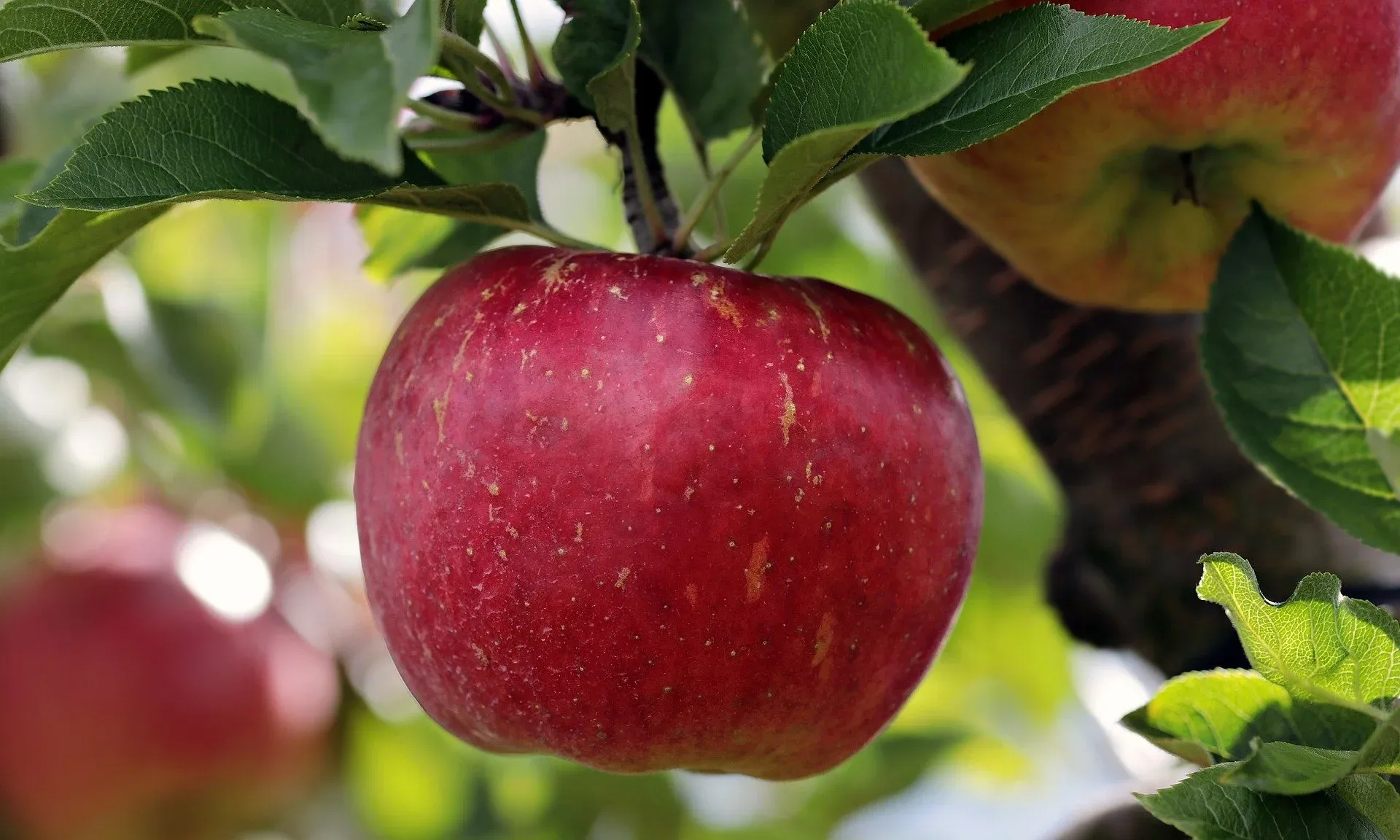
Some of the trees are in a bad state of repair. However, they continue to produce. Trees of this ilk nevertheless can still be saved. So long as the treatment and medication are effective, there is still a chance of recovery. Insect-infested fruit-bearing trees might be a problem. However, this is not always the case. In the hands of an experienced arborist, this tree has a better chance of lasting a long time.
Saving a tree through relocation
Some trees must be cut down or removed from their current location. Most trees are now routinely relocated. This is to keep the tree's natural beauty and ensure that it performs as a tree should. It is also the most brilliant move in terms of conservation efforts. To avoid removing trees that are still in good health, consider moving them to a new location. It is going to be good for you and good for the planet.
The preservation of the environment is one of our responsibilities as human beings. In addition, the oxygen we breathe is derived through the
photosynthesis
of trees and plants. If you wish to save a tree, you can contact
tree removal services in Asheville, NC. They can make recommendations on whether or not to remove or replant a tree. They are experts who know precisely what to do with the trees and how to get the job done correctly.
Hire Asheville, NC Tree Service to Prune or Remove Your Tree
You should hire a professional tree care company to prune or remove large trees because they have the necessary knowledge, training, and equipment. If a tree is pruned poorly, it might become unsightly, and worse; it will die.
Large trees that need to be removed can cause damage or injuries if not cut down appropriately. A specialist can direct the tree to fall in a safe location. The tree will then be split into smaller pieces and hauled away, while the trunk will be ground down.
Call Asheville, NC Tree Service!
Maybe your tree just needs some pruning to remove deadwood. Removing diseased branches by pruning will allow the tree to heal on its own. Otherwise, you may need to assist the tree in recovering by watering it more frequently or mulching around it to provide it with the nutrients it needs.
The
tree service in Asheville, NC will advise you on the exact things you should do for your tree. The sooner you detect the problem with your tree, the greater your chances of saving it.
Call us now!
